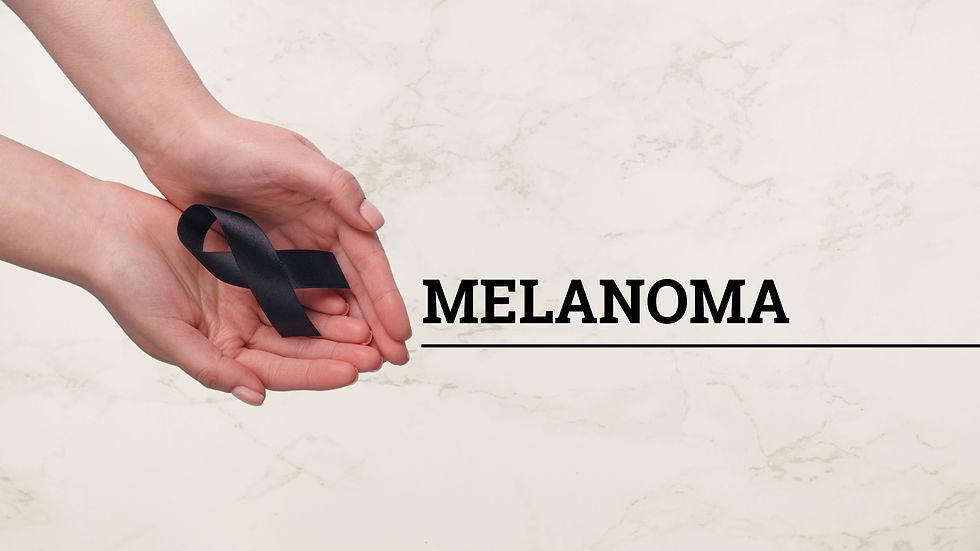PD-1/PD-L1 Combination Strategies
- Oncofocus Team

- Oct 29, 2019
- 1 min read
Updated: Aug 2, 2022
Focus - Melanoma Indication
Malignant melanoma is a complex, multifactorial disease, which is responsible for up to 75% of skin cancer-related deaths globally.
With the US FDA approval of ipilimumab (CTLA-4 targeting agent) in 2011 for the treatment of advanced melanoma patients, clinical research intensity has gradually shifted towards Immune Checkpoint Inhibitors (ICIs) & their Combination agents.
With the approval of nivolumab and pembrolizumab (both are PD-1 targeting agents), it is imperative to understand how the PD-1/PD-L1 clinical landscape is evolving in melanoma.
We had three specific objectives

We zeroed in on 382 clinical trials

And identified 33 PD-1/PD-L1 inhibitors
20 PD-1 Inhibitors 1 Bi-specific PD-1/PD-L1 inhibitor 12 PD-L1 Inhibitors

We observed the following three major combination strategies:
- increasing tumor immunogenicity
- reversing tumor immunosuppression
- targeting other signaling pathways that promote growth & proliferation

Top three PD-1 combinations: CTLA4, Vaccines, and Radiation therapy

Bringing everything together
To build upon the clinical gains observed with immunotherapeutic agents, several companies/organizations are actively researching combination of ICIs with different agents. With respect to PD-1/PD-L1, there are about 400 clinical trials investigating 33 inhibitors either as monotherapy or in combination.
The combination of PD-1/PD-L1 targeting agents with CTLA4 targeting agents is the most common combination strategy. Redundancy?
Note:
1. If you are viewing this webpage on mobile, please use Landscape mode for a better visual and reading experience.
2. We are publishing here a part of the report. Write to us at support@oncofocus.com to receive the full report.
.png)

Comments